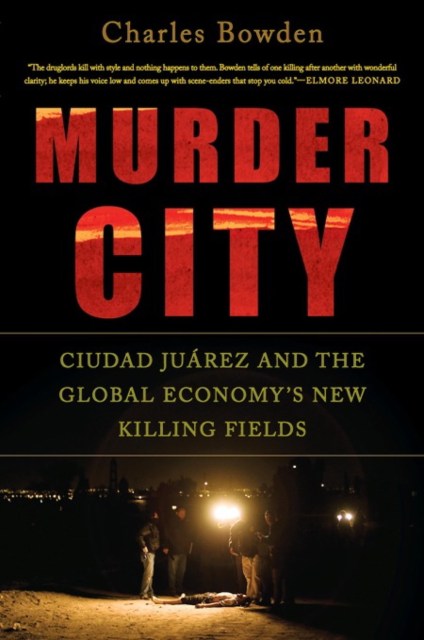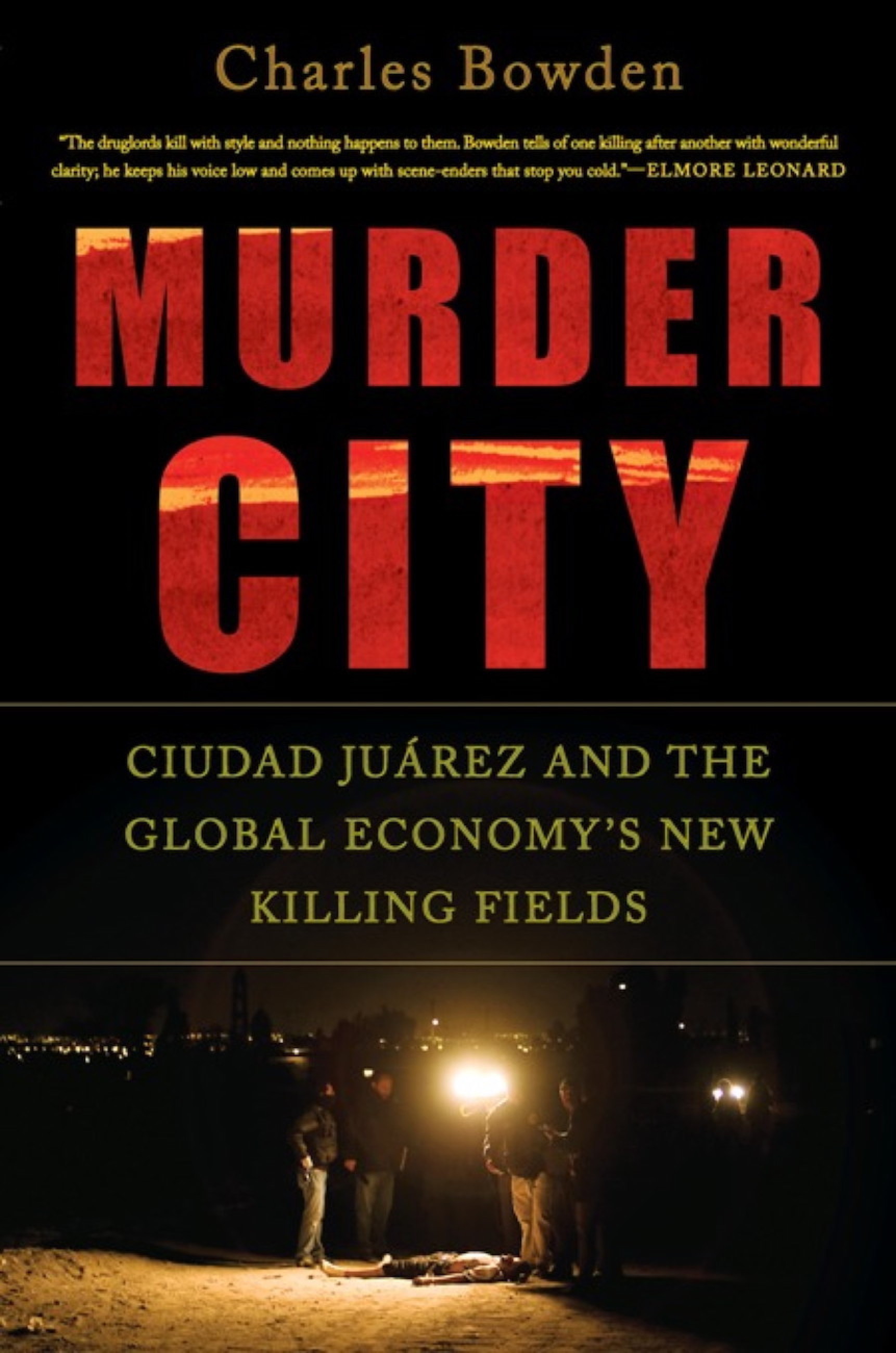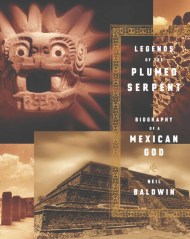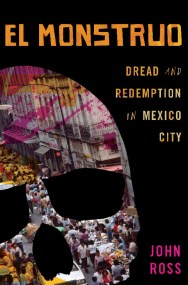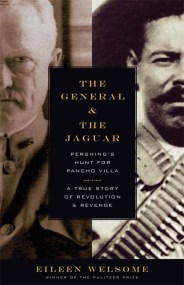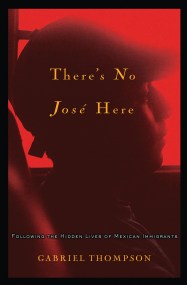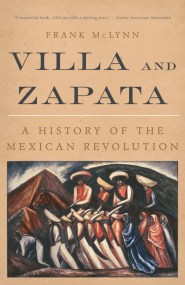Promotion
Use code MOM24 for 20% off site wide + free shipping over $45
Murder City
Ciudad Juarez and the Global Economy's New Killing Fields
Contributors
Formats and Prices
Price
$11.99Price
$15.99 CADFormat
Format:
- ebook $11.99 $15.99 CAD
- Trade Paperback $21.99 $28.99 CAD
This item is a preorder. Your payment method will be charged immediately, and the product is expected to ship on or around March 30, 2010. This date is subject to change due to shipping delays beyond our control.
Also available from:
In Murder City, Charles Bowden-one of the few journalists who spent extended periods of time in Juarez-has written an extraordinary account of what happens when a city disintegrates. Interweaving stories of its inhabitants-a beauty queen who was raped, a repentant hitman, a journalist fleeing for his life-with a broader meditation on the town’s descent into anarchy, Bowden reveals how Juarez’s culture of violence will not only worsen, but inevitably spread north.
Heartbreaking, disturbing, and unforgettable, Murder City was written at the height of his powers and established Bowden as one of America’s leading journalists.
Genre:
- On Sale
- Mar 30, 2010
- Page Count
- 352 pages
- Publisher
- Bold Type Books
- ISBN-13
- 9781568586229
Newsletter Signup
By clicking ‘Sign Up,’ I acknowledge that I have read and agree to Hachette Book Group’s Privacy Policy and Terms of Use
